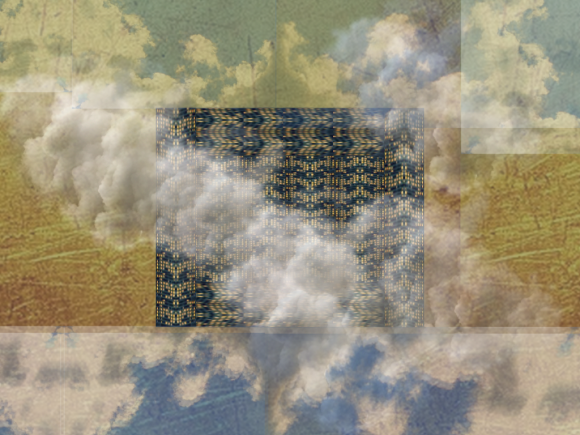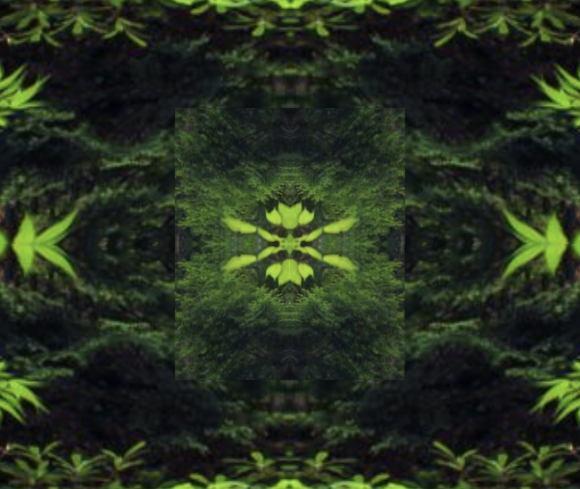As every lover of Eurospy knows very well: death is a woman. If you fall in love with her and have the good luck to find it requited, she may sacrifice herself in a kind of Liebestod, Which makes you — immortal! (Logically…)
Unfortunately, this only applies to poets, and by the definition of Orphée, that is a writer, but without the writing. (Curiously, the one to whom this applies, really, is Cégeste, who published a book of blank pages under the title “Nudisme”. But he didn’t become immortal.)
More seriously …

1. In Jean Cocteau’s film Orphée, mirrors are an interface between the ordinary world and the realm of death. When people die, they are picked up by a personalized ‘Death’ and led, through the mirror, into that realm.
In order to facilitate suspension of disbelief, there are a few bits of ‘explanation’ worked in. For one thing, you and I cannot simply walk through the mirror, because for that we’d have to wear a special pair of rubber gloves, which presumably can only be procured on the other side.
More interesting, however, is the poetic suggestion that mirrors have this property because in them we can see ourselves age, and therefore death coming closer, during our lives. (“Looking at yourself in a mirror all your life, you see death coming towards you.”)
Even inside the fictional world of the movie, this thought is not meant as an explanation, in any strict sense. It is merely a consideration designed to make the idea appear plausible. The character who brings it forward, Heurtebise, needs nothing more: his only aim is to motivate the other character, Orphée, to take action and see for himself. If the consideration makes the idea plausible enough for that, it has already fulfilled its purpose.
2. That is just as well, for of course the whole idea is flawed, as a little reflection easily exposes.
Start with what we see in mirrors. It’s a common enough experience that we notice traces of the aging process predominantly in the mirror. In part, that is because self-examination in a mirror is a habitual part of daily life, when we’re shaving, applying cosmetics, and the like — so it happens frequently, and it has our attention. Thus we’re most likely to notice traces of the aging process when engaged in an activity in the mirror. In part, it is also because the mirror is one of our main sources of our (visual) self-image. That is still true, although perhaps a little less so nowadays, in the age of selfies, than it was seventy years ago. So when we have to update that residual self-image in ourselves with changes such as graying hair, it’s typically occasioned in front of the mirror. (We have already seen mirrors as providers of self-awareness in other works of fiction, too.)
But none of this entails that death is therefore located ‘in the mirror’. (This would be a fallacious inference similar to that of a child who believes that the monster they have just seen in a TV program lives ‘inside’ the box.) The expression “death comes at you” is to be understood figuratively, not literally.
3. Let’s pause here to note that this is not, of course, a criticism of the film. On the contrary. The film exploits the difference between the figurative and the literal sense of the phrase. It presents something (visually) that is consistent with the literal, spatialized sense, but not with the figurative sense, which we all know to be figuratively true but literally false. And that, of course, is partly what its creativity consists in. (And which makes it akin to surrealist paintings or phantastic literature.)
We’re better able to appreciate the film once we understand its artistic technique, and that technique is based (in part) on contrasts such as this one, between literal and figurative meanings. We understand such contrasts, and therefore the technique, once we can clearly distinguish between them. Clearer analysis therefore helps (and doesn’t hinder) aesthetic appreciation.
Yet the aesthetics of film (or fiction in general) are only a side topic on this blog. I’m more interested in the subtleties of the metaphorical way itself — and not just in fiction. But fiction, such as Cocteau’s film, often creatively explores the metaphorical way, and is therefore a valuable source of insight and a delightful occasion for practicing analytical skills.
4. Now back to the suggestion that, in the mirror, “death itself comes towards you”, and that therefore, mirrors are a portal into that other world.
In a Jungian interpretation, the figure who comes out of the mirror would be identified, not with death, but with the anima. Such an interpretation would nicely resonate with Orphée’s sudden ability to write deeper poetry: he becomes inspired. It would be unsurprising, too, that the anima destroys his real-world relationship with his wife. (However, such an interpretation would be harshly at odds with the ending; but then again: so is the original myth.)
But the film’s own suggestions do not fit comfortably with this association. The figures who cross the mirror are all associated with the realm of death: one of them (the young poet, Cégeste) we directly witness dying; another (Heurtebise) accidentally blurts out his suicide story; and the mysterious woman is designated as “Orphée’s death” straightaway. And the realms behind the surface, which we get some glimpses of during Orphée’s two trips, are benighted liminal spaces with surreal dust and gravity issues, where a sinister bureaucracy with vaguely kafkaesque attitudes presides over hearings and arrests. This is quite the opposite of enlivening, animating spirits. It’s morbid, to the bone. (And don’t get me started on the smoking…)
That is not to say, however, that there isn’t overlap between this realm and the unconscious as portrayed by Jung, which can appear ghostly, timeless, and dead as well. (And rightly so, for it would have to represent much that, by definition, remains unconscious as we don’t allow it into consciousness, for our widespread attitudes of fear and denial. Death, of course, being a prime example.) And we have already seen that Jung’s own use of the mirror metaphor assigns the unconscious the power to bring a kind of self-knowledge to the individual’s attention which the individual neither can find themselves (consciously) nor could get shown by other people. In Jung’s view, there is a form of knowledge or experience that can only be channelled by the unconscious. The “realm of death” imagery of Cocteau’s film broadly aligns with that view.



